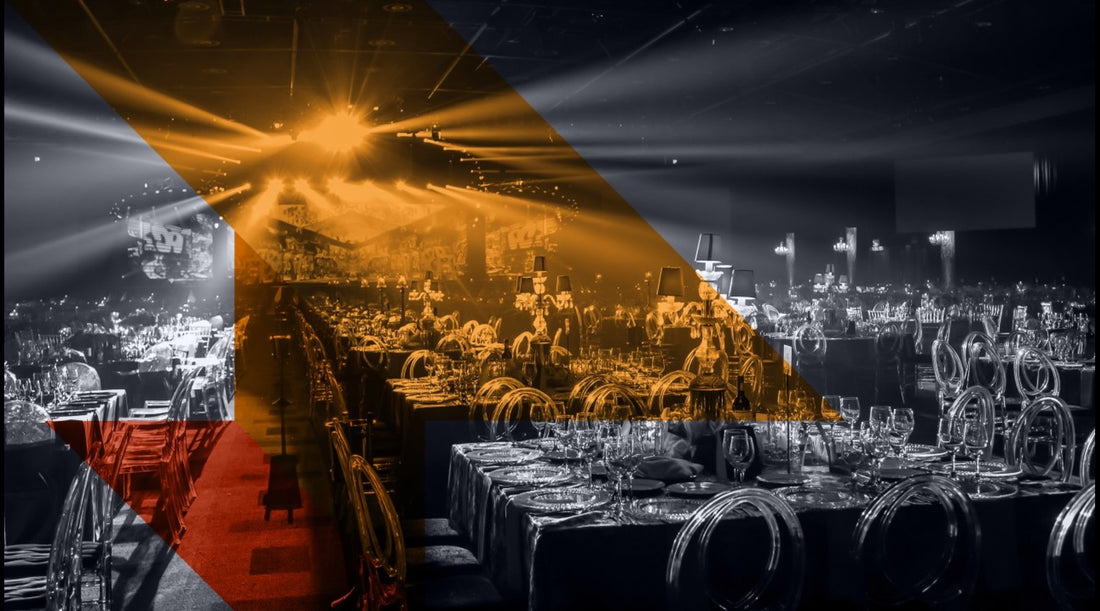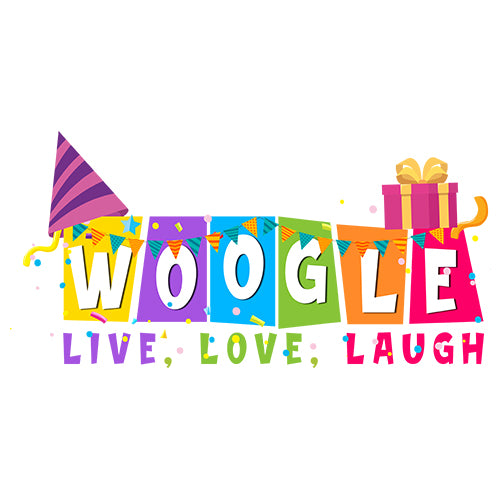
Creating Memorable Experiences: The Art of Designing Engaging Event Programs
Share
In the realm of event planning, crafting an engaging and immersive event program is essential for leaving a lasting impression on attendees. A well-designed event program not only guides guests through the schedule but also sets the tone for the entire experience. In this post, we'll explore the art of designing event programs that captivate audiences and create memorable experiences.
-
Know Your Audience: Before diving into the design process, it's crucial to understand your audience and their preferences. Consider factors such as demographics, interests, and expectations to tailor the event program to their needs. Whether you're planning a corporate conference, wedding, or fundraiser, catering to your audience's interests ensures maximum engagement and satisfaction.
-
Establish Clear Objectives: Define the objectives and goals of your event to guide the design of the program. Are you aiming to educate, entertain, inspire, or promote networking? Clearly outlining your objectives will help you structure the program in a way that effectively achieves your desired outcomes and delivers value to attendees.
-
Create a Compelling Narrative: Every event has a story to tell, and the event program serves as the narrative framework. Craft a compelling storyline that guides guests through the event journey, from arrival to departure. Incorporate elements of storytelling, such as thematic consistency, pacing, and emotional resonance, to create a cohesive and memorable experience.
-
Balance Variety and Flow: Strike a balance between variety and flow when designing the event program. Offer a diverse range of activities, sessions, and experiences to cater to different interests and preferences. Ensure smooth transitions between program segments to maintain momentum and keep attendees engaged from start to finish.
-
Curate Engaging Content: Select content that is informative, relevant, and engaging to captivate attendees' attention. Include keynote speakers, panel discussions, workshops, and interactive activities that offer valuable insights and opportunities for participation. Incorporate multimedia elements such as videos, slideshows, and live demonstrations to enhance the visual appeal and impact of the program.
-
Foster Interaction and Connection: Design the event program to encourage interaction and connection among attendees. Incorporate networking sessions, icebreaker activities, and collaborative exercises that facilitate meaningful engagement and relationship building. Create opportunities for attendees to share ideas, exchange contact information, and forge new connections that extend beyond the event.
-
Embrace Creativity and Innovation: Don't be afraid to think outside the box and incorporate creative and innovative elements into the event program. Experiment with unconventional formats, themes, and experiences that surprise and delight attendees. Infuse the program with unexpected moments of inspiration, entertainment, and excitement that leave a lasting impression.
-
Prioritize Seamless Execution: While creativity is important, it's equally essential to ensure the seamless execution of the event program. Pay attention to logistical details such as scheduling, timing, and venue layout to avoid disruptions and ensure a smooth flow of activities. Rehearse key program elements and communicate clearly with event staff to coordinate execution effectively.
Designing an engaging event program is an art form that requires careful planning, creativity, and attention to detail. By understanding your audience, establishing clear objectives, crafting a compelling narrative, balancing variety and flow, curating engaging content, fostering interaction and connection, embracing creativity and innovation, and prioritizing seamless execution, you can create memorable experiences that leave a lasting impact on attendees and set your events apart from the rest
